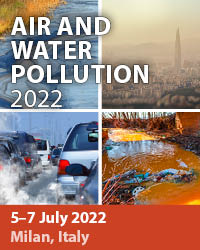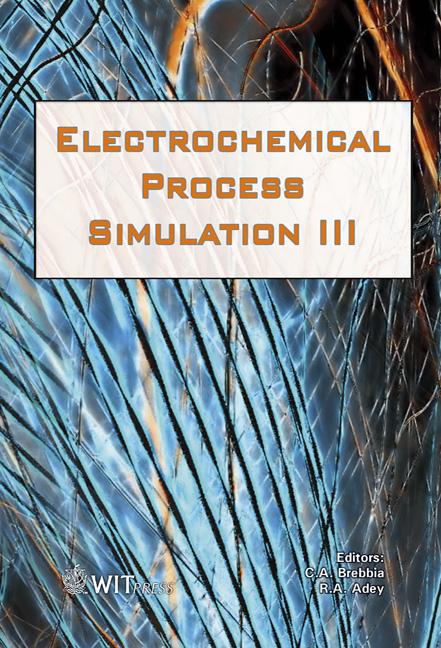Eulerian-Lagrangian Model For Gas-evolving Processes Based On Supersaturation
Price
Free (open access)
Transaction
Volume
65
Pages
10
Page Range
109 - 118
Published
2009
Size
498 kb
Paper DOI
10.2495/ECOR090111
Copyright
WIT Press
Author(s)
H. Van Parys, S. Van Damme, P. Maciel, T. Nierhaus, F. Tomasoni, A. Hubin, H. Deconinck & J. Deconinck
Abstract
Predicting the macro-scale behaviour of gas bubbles and understanding the coupling between bubbles and fluid flow is essential if one wants to describe the local concentration of all electrolyte components and the current density distribution at an electrode surface. The presented two-phase model uses an Eulerian-Lagrangian approach to simulate the hydrodynamic phenomena occurring in the bubble-laden flow. The model describes the continuous electrolyte phase via the incompressible Navier-Stokes equations, while the trajectories of the gas bubbles are tracked sequentially in space and time. The electrochemical behaviour of the reactor is described using the Multi-Ion Transport and Reaction Model (MITReM), which considers for all relevant species the effect of convection, diffusion and migration and homogeneous reactions. For the electrode reactions, Butler-Volmer kinetics are used. The MITReM provides the concentration of dissolved gas at the electrode and in the electrolyte. At predefined nuclei gas bubbles are formed proportional to the local supersaturation. After a certain time the spherical bubbles are large enough to become detached bubbles. While the bubbles are growing on the electrode surface, they block the surface and therefore also influence the current density distribution. The first steps in view of the validation of the proposed two-phase model against experiments are reported. Keywords: gas evolving electrode, supersaturation, bubble nucleation and growth, hydrogen evolution.
Keywords
gas evolving electrode, supersaturation, bubble nucleation and growth, hydrogen evolution





